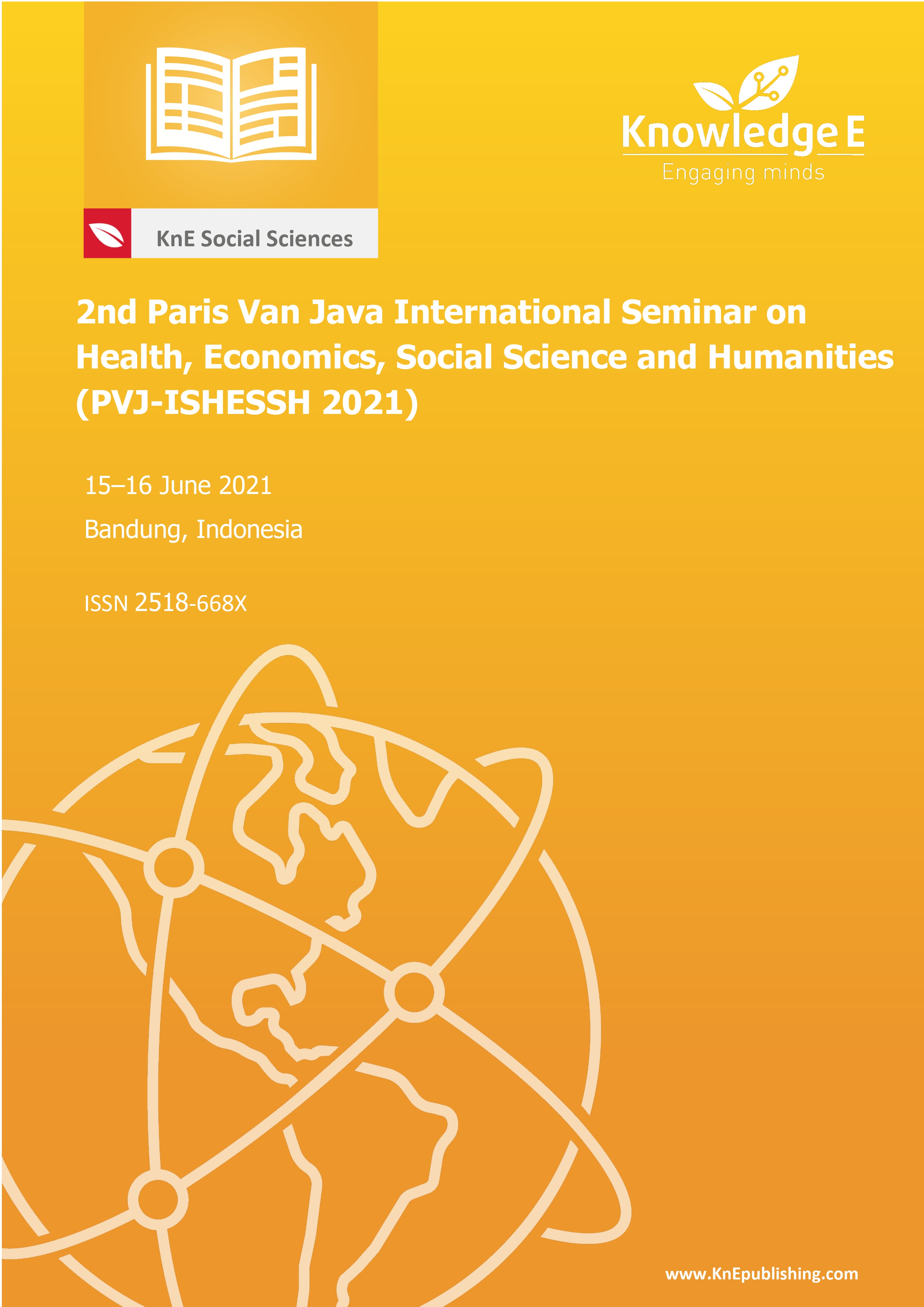The Effectiveness of Virtual Classroom Learning in Islamic Early Childhood Education
DOI:
https://doi.org/10.18502/kss.v8i4.12927Abstract
This research aims to find out the effectiveness of virtual classroom learning in an early childhood education environment. The research method used was case study method at PrayataSubang Playing Group. Data is primarily collected through in-depth interviews, observations, and documentation studies with parents, teachers, and children. We analyze the data collected related to the use of virtual classrooms and see their efficiency. The findings lead to virtual classroom learning implemented using several applicators such as Zoom, Whatsapp Video Call, Instagram Live, Youtube, and Quizzi. The implementation of learning has been quite effective judged by several indicators such as the participation of students in following learning is good, parents play an active role in accompanying and assisting children learning, and teachers who are creative and innovative in providing learning.
Keywords: Virtual classroom; effectiveness; early childhood
References
[2] Sevima. 5 kebijakan pendidikan masa darurat corona. Available from: Https://sevima.com/5-kebijakan-pendidikan-masa-darurat-corona/.
[3] Anhusadar L. PIAUD students’ perceptions of online lectures during the covid pandemic 19. Kindergarten J. Islam. Early Child. Educ. 2020;3(1):44. doi: 10.24014/kjiece.v3i1.9609.
[4] Lämsä J, Hämäläinen R, Koskinen P, Viiri J, Mannonen J. The potential of temporal analysis: Combining log data and lag sequential analysis to investigate temporal differences between scaffolded and non-scaffolded group inquiry-based learning processes. Comput. Educ. 2020;143:103674.
[5] Akpan SJ, Etim PJ, Udom SO. Virtual classroom instruction and academic performance of educational technology students in distance education, Enugu State. World J. Educ. 2016;6(6):83–88.
[6] AHPPC. Coronavirus (COVID-19) advice for early childhood services. 2020. Available from: https://education.vic.gov.au/childhood/Pages/coronavirus-advice-earlychildhood. aspx.
[7] L. A. C. D. of P. Health. Los Angeles county department of public health guidance for early childhood education providers. 2020. Available from: http://publichealth.lacounty.gov/: http://publichealth.lacounty.gov/media/ Coronavirus/GuidanceEarlyChildhoodEducation.pdf.
[8] Falode OC, Gambari AI, Shittu T, Gimba RW, Falode ME, Awoyemi DI. Effectiveness of virtual classroom in teaching and learning of senior secondary school mathematics concepts in Minna, Nigeria. 2016.
[9] Burde D, Middleton JA, Wahl R. Islamic studies as early childhood education in countries affected by conflict: The role of mosque schools in remote Afghan villages. Int. J. Educ. Dev. 2015;41:70–79.
[10] Islam MB, Ahmed A, Islam MK, Shamsuddin AK. Child education through animation: An experimental study. arXiv Prepr. 2014.
[11] Gersten R, Fuchs LS, Williams JP, Baker S. Teaching reading comprehension strategies to students with learning disabilities: A review of research. Rev. Educ. Res. 2001;71(2):279–320.
[12] Singla DR et al. Implementation and effectiveness of adolescent life skills programs in low-and middle-income countries: A critical review and meta-analysis. Behav. Res. Ther. 2020;130:103402.
[13] Alam MS, Islam YM. Virtual interactive classroom (VIC) using mobile technology at the Bangladesh Open University (BOU). Development. 2008;121:20.
[14] Lochner B, Conrad R-M, Graham E. Secondary teachers’ concerns in adopting learning management systems: A US perspective. TechTrends. 2015;59(5):62–70.
[15] Grönlund A, Islam YM. A mobile e-learning environment for developing countries: The Bangladesh virtual interactive classroom. Inf. Technol. Dev. 2010;16(4):244–259.
[16] Crişan A, Enache R. Virtual classrooms in collaborative projects and the effectiveness of the learning process. Procedia-Social Behav. Sci. 2013;76:226–232.
[17] Aragon SR. Creating social presence in online environments New Dir. adult Contin. Educ. 2003;2003(100):57–68.
[18] Phoong SY, Phoong SW, Phoong KH. The effectiveness of frog virtual learning environment in teaching and learning mathematics. Univers. J. Educ. Res. 2020;8(3B):16–23.
[19] Gil’adi A. Children of Islam: Concepts of childhood in medieval Muslim society. Springer; 1992.
[20] Günther S. Be masters in that you teach and continue to learn: Medieval Muslim thinkers on educational theory. Comp. Educ. Rev. 2006;50(3):367–388.
[21] Iftakhar S. Google classroom: what works and how. J. Educ. Soc. Sci. 2016;3(1):12–18.
[22] Barbosa TJG, Barbosa MJ. Zoom: An innovative solution for the live-online virtual classroom. HETS Online J. 2019;9(2).
[23] Enriquez MAS. Students’ perceptions on the effectiveness of the use of edmodo as a supplementary tool for learning. DLSU Research Congress; 2014.
[24] Sicat AS. Enhancing college students’ proficiency in business writing via schoology. Int. J. Educ. Res. 2015;3(1):159–178.
[25] Gon S, Rawekar A. Effectivity of e-learning through WhatsApp as a teaching learning tool. MVP J. Med. Sci. 2017;4(1):19–25.
[26] Kumar V, Nanda P. Social media in higher education: A framework for continuous engagement. Int. J. Inf. Commun. Technol. Educ. 2019;15(1):97–108.
[27] Sadikin A, Hamidah A. Pembelajaran daring di tengah wabah covid-19: (Online Learning in the Middle of the Covid-19 Pandemic) Biodik. 2020;6(2):214–224.
[28] Astuti P, Febrian F. Blended learning syarah: Bagaimana penerapan dan persepsi mahasiswa. J. Gantang. 2019;4(2):111–119.
[29] Kuo Y-C, Walker AW, Schroder KEE, Belland BR. Interaction, internet self-efficacy, and self-regulated learning as predictors of student satisfaction in online education courses. internet High. Educ. 2014;20:35–50.

